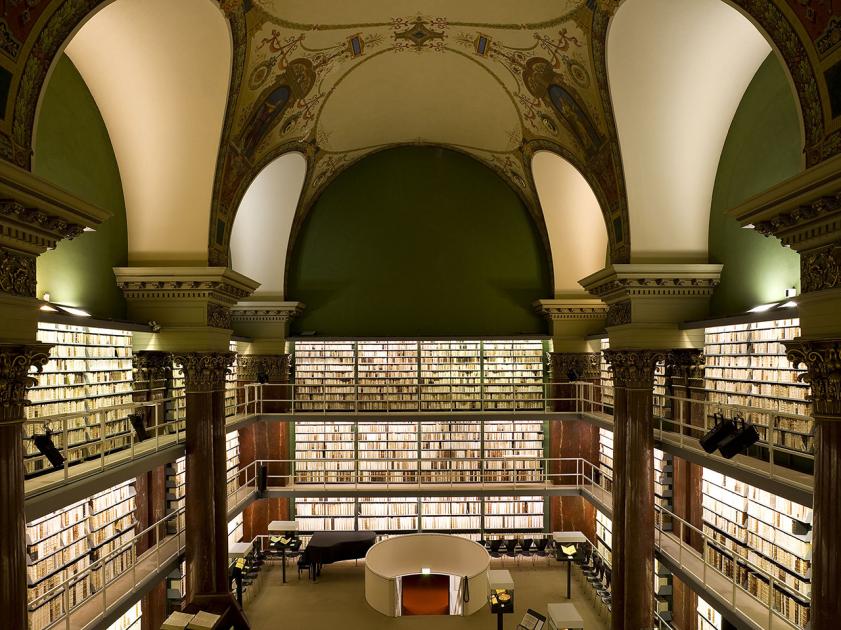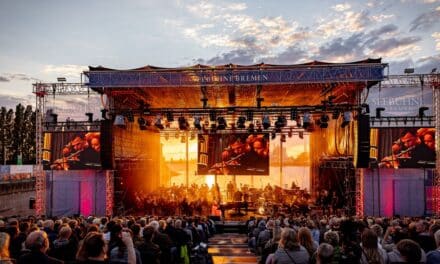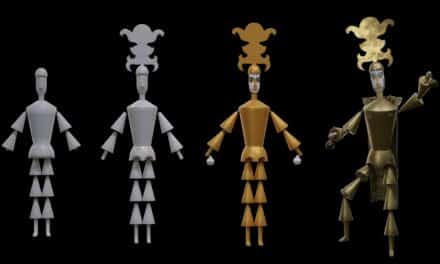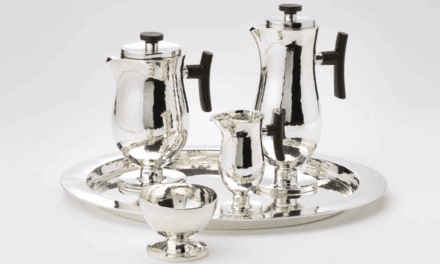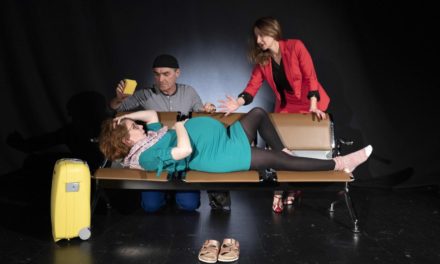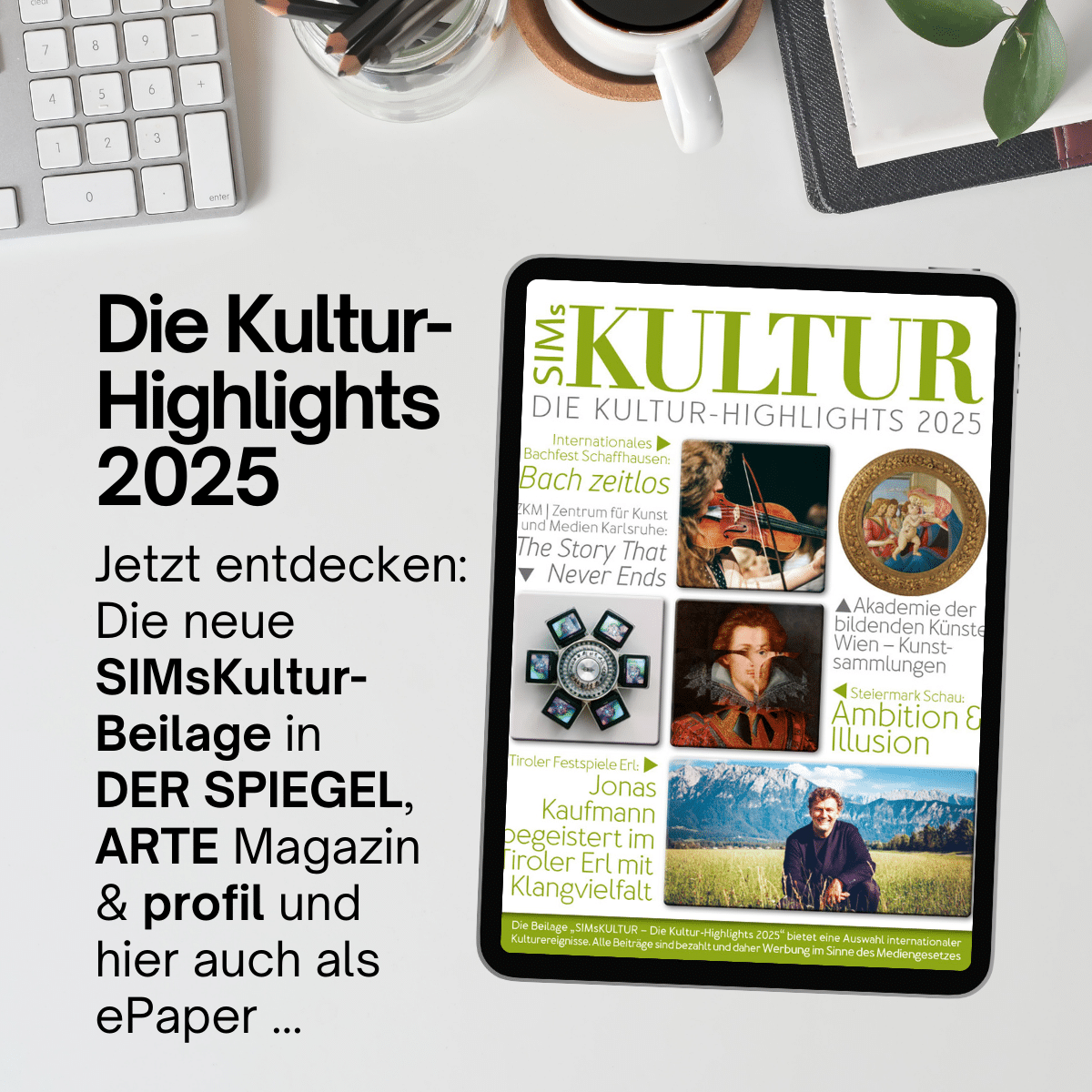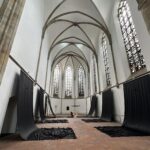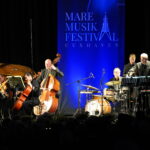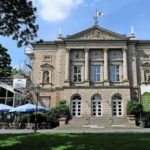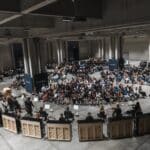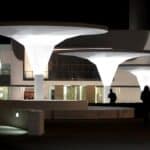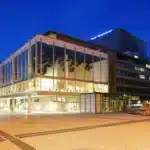The Herzog August Library (HAB) is one of the world's leading centers for cultural-historical research. The basis for this is the library, which preserves, catalogs, expands and presents unique collections. Scholars from all over the world find optimal conditions for their research here.
The collection of manuscripts and books belonging to Duke Augustus the Younger of Brunswick-Lüneburg forms the core of the Wolfenbüttel Research Library, alongside a large number of other collections. As part of international medieval and early modern research, the holdings are constantly being expanded. At the same time, the library is expanding its access and usage options.
The library's holdings include manuscripts, old prints and research literature on all historical disciplines relating to the Middle Ages and early modern period. The so-called special collections include the painters' books and Ars librorum, a Bible collection, the graphic collections, historical maps, paintings and other objects.
The HAB offers a varied cultural program with guided tours, workshops, lectures, concerts and readings. Exhibitions in the museum rooms present current research findings on the European cultural history of the Middle Ages and the early modern period. There are also exhibitions of modern and contemporary book artists.
The Auguste Hall
A heavy bronze door opens into the Augusteerhalle with Duke Augustus' collection. The high walls of books are filled with 50,000 prints from the two most extensive subject groups, theologica and historica, in 15,000 volumes. The remaining almost 20,000 volumes are spread across the other museum rooms. Today, they are still arranged in the order that the Duke himself established for his library at the beginning of the 17th century. He collected so systematically and diversely because he was probably driven by a truly universal, almost utopian ambition: to leave posterity the entire knowledge of his time in book form. In addition to contemporary works, this also included the printed works of the 15th and 16th centuries and the knowledge of the Middle Ages handed down in manuscripts.
The Treasury
From the Augusta Hall we enter the Treasury, which was built when the Gospels of Henry the Lion and Matilda of England were acquired in the 1980s. A three-storey vault for these and other precious manuscripts and particularly valuable prints was installed in an atrium of the Bibliotheca Augusta to ensure their safety. It also provides optimal conditions for the sensitive, centuries-old treasures.
The Globe Hall
The hall takes its name from the five terrestrial and celestial globes on display there. Geographica, maps and globes were already a focal point of Duke Augustus' collection. The shelves in the Globe Room are filled with volumes from the fields of law, medicine, arithmetic, geometry and physics.
The painting book collection
Among the historical holdings, the colored cassettes on the shelves are surprising. They contain painters' books, also known as artists' books. Each artist has been given their own design for the protective cover. Artists of this genre have been active in the field of literary texts since the beginning of the 20th century. These books are so attractive because the content, the illustration in various techniques and the material form are related to each other and are of equal importance. The works are characterized by small editions or unique pieces. Press prints and portfolio works are represented as well as collages, boxes, leporellos and scrolls.
The Hermann Zapf Collection
The book and typeface artist Hermann Zapf (1918-2015) donated parts of his extensive collection to the Herzog August Library in 1991. These include Zapf's type designs, book designs and fonts for domestic and foreign publishers, bibliophile editions, handwritten letters and documents on the legal protection of printed matter, collections of materials on calligraphy, lead typesetting, phototypesetting and computer techniques. His typefaces such as Palatino, Aldus and the Optima typeface family influenced typography throughout the western world in the second half of the 20th century.
The Lessing House in Wolfenbüttel
Gotthold Ephraim Lessing was sworn in as librarian in Wolfenbüttel on May 7, 1770. He initially moved into the rooms of the hereditary prince in Wolfenbüttel Palace, which had been empty since the duke and court moved to Brunswick in the middle of the century. Here he completed the play Emilia Galotti, which was first performed in Brunswick in 1772. Under the title Zur Geschichte und Literatur. Aus den Schätzen der Herzoglichen Bibliothek Wolfenbüttel, Lessing published his own journal from 1773.
In 1775, he traveled to Italy via Berlin, Leipzig, Dresden and Vienna. On his return, he was appointed court councillor and was finally able to marry Eva König, whom he had met in Hamburg in 1767. In October 1776, he moved into the Meißnerhaus (Schlossplatz 2) with her.
The house next to the library rotunda was then renovated for Lessing. He moved into it with his pregnant wife shortly before Christmas 1777, when their son was born and died. Eva Lessing died shortly afterwards, on January 10, 1778, and from then on Lessing worked in his wife's death chamber. When Lessing had to settle his dispute with Hamburg's chief pastor Goetze over the "Wolfenbüttel Fragments" in 1778, he began work on his drama Nathan the Wise (which premiered in Berlin in 1783). Lessing died on February 15, 1781 in Brunswick, where he often stayed and also had an apartment.

